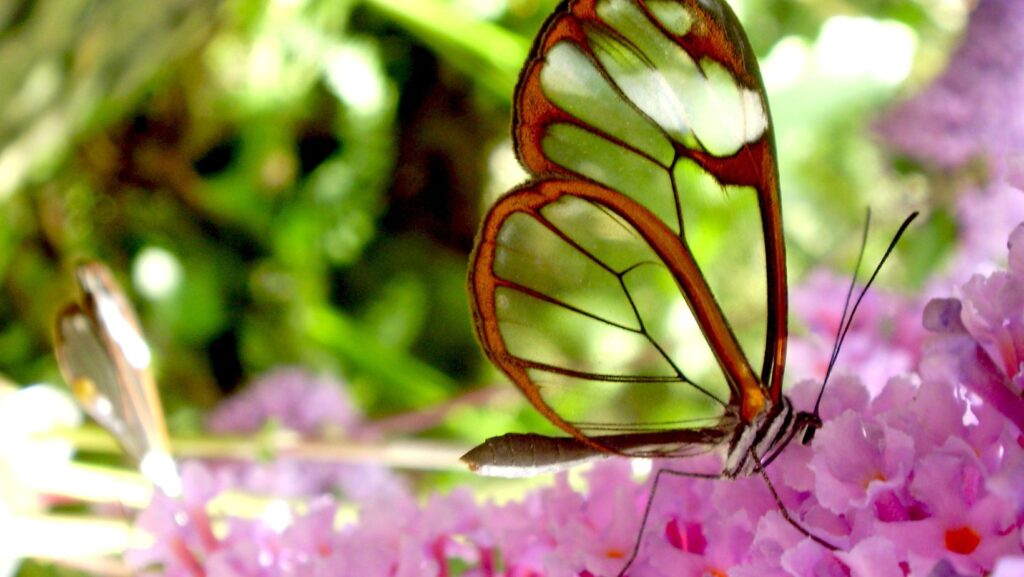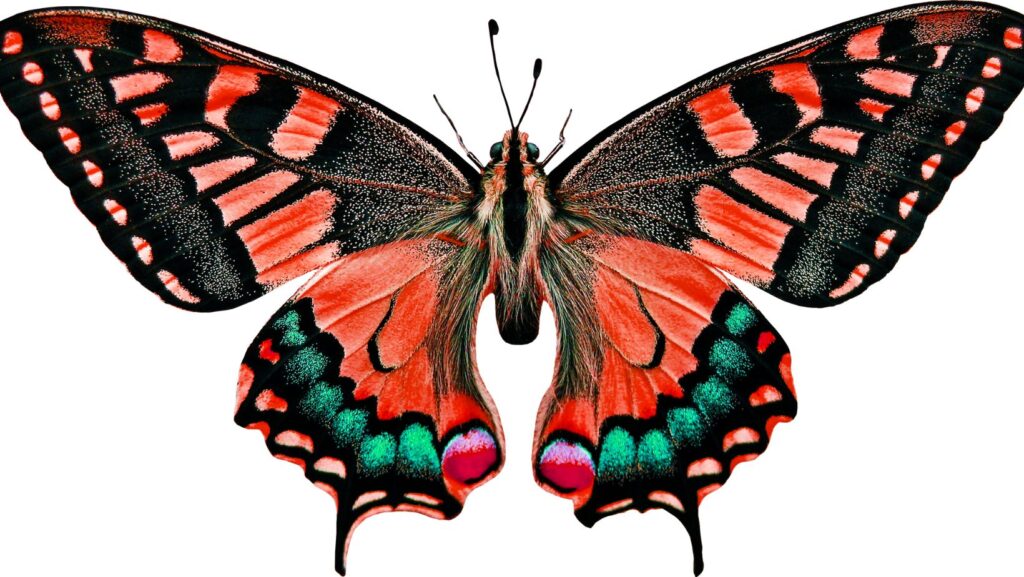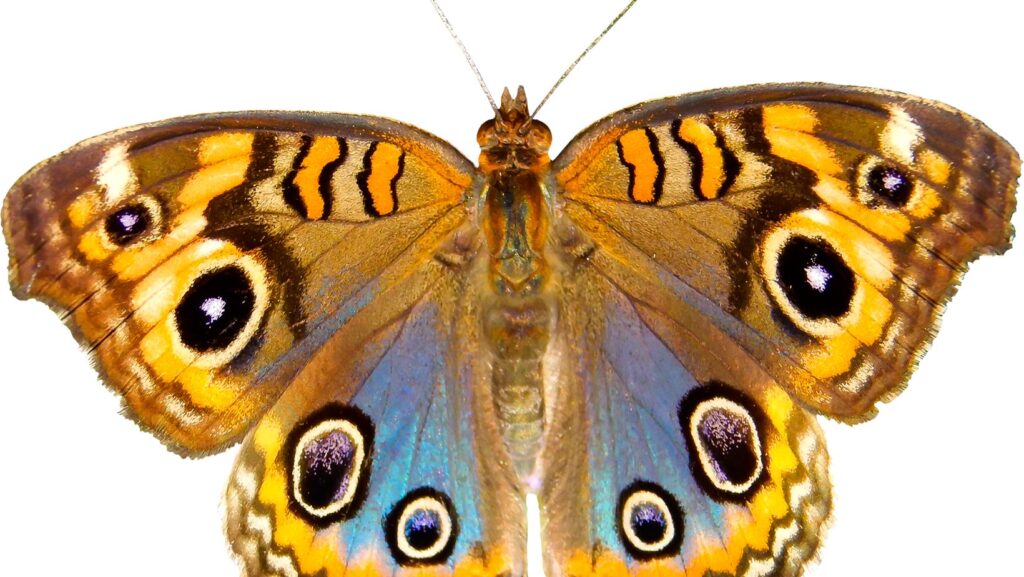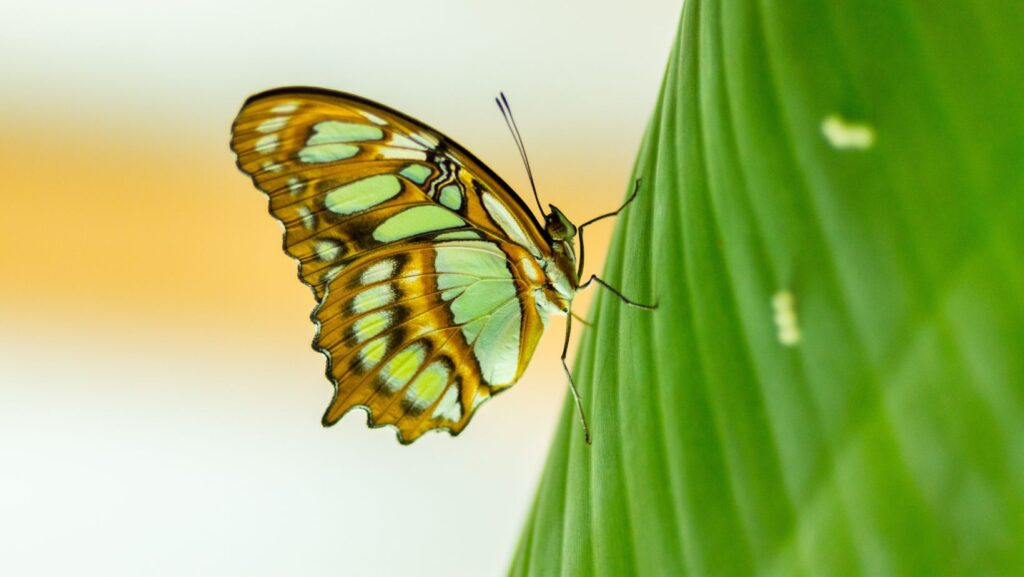Transparent:xcc8h_tlgju= Butterfly

In the enchanting world of butterflies, few capture the imagination quite like the transparent butterfly. Known for its delicate, see-through wings, this captivating creature seems to defy nature’s norms. Its ethereal appearance isn’t just a visual marvel but also a fascinating example of evolutionary adaptation.
Transparent butterflies, particularly the glasswing species, have developed this unique feature as a clever survival tactic. Their see-through wings make them nearly invisible in their natural habitats, offering an effective disguise against predators. This transparency, combined with their graceful flight, adds an element of mystery and allure to their existence.
As people become more intrigued by these extraordinary insects, the transparent butterfly continues to inspire awe and curiosity. Whether it’s their role in ecosystems or their symbolic representation of transformation and beauty, these butterflies offer a glimpse into the wonders of nature’s ingenuity.
Overview of the Transparent Butterfly

Transparent butterflies, particularly the glasswing species (Greta oto), captivate with their remarkable wing structure. The wings consist of layers forming a mesh-like pattern, reducing reflections and enabling near invisibility. Unlike opaque butterflies, glasswings possess minimal wing pigmentation, allowing seamless blending with their surroundings. This transparency serves as camouflage, helping them evade predators like birds and lizards.
These butterflies inhabit tropical regions, primarily in Central and South America, where dense foliage provides optimal survival conditions. The glasswing’s life cycle mirrors that of other butterflies, including the stages of egg, larva, pupa, and adult. During the larval stage, caterpillars consume toxic plants, storing alkaloids that deter predators even post-metamorphosis.
Research explores the optical properties of transparent butterfly wings, with potential applications in areas like solar panel efficiency and anti-glare coatings. By studying these butterflies, scientists aim to unlock insights into natural light manipulation. Their evolutionary adaptations not only emphasize survival strategies but also offer a blueprint for technological innovations.
Unique Physical Characteristics
Glasswing butterflies, particularly known among transparent butterflies, display unique physical attributes that captivate observers.
Wing Transparency
The transparency of glasswing butterfly wings results from microscopic structures that manipulate light. Unlike typical butterflies, their wings lack traditional pigments. Instead, the wings have nano-pillars that scatter light, reducing reflectivity and enhancing transparency. This adaptation allows these butterflies to effectively evade predators, as their wings blend with the surrounding environment.
Size and Color
Glasswing butterflies are relatively small, with wingspans ranging from 5 to 6 centimeters. While wings are transparent, the edges of their wings exhibit subtle hues of brown or orange, often bordered by white or amber streaks. This coloration offers a delicate distinction without compromising their camouflage, adding to their intriguing appearance.
Habitat and Distribution
Glasswing butterflies inhabit environments rich in dense foliage, providing ample resources and protection.
Preferred Environments
Glasswings thrive in humid tropical and subtropical forests. These ecosystems offer a variety of flowering plants, essential for nectar feeding. The dense canopy provides shaded areas, crucial for regulating their body temperature. Understory vegetation offers a perfect breeding ground, supplying leaves for egg-laying and caterpillar feeding.
Geographic Range
Glasswing butterflies are primarily found in Central and South America. Countries like Colombia, Costa Rica, and Panama host significant populations. These butterflies may also explore regions of Mexico, though they remain less common in northern areas. The specific range varies, with some populations displaying migratory behaviors depending on seasonal climatic changes.
Behavior and Diet
Transparent butterflies, especially glasswings, exhibit behaviors adapted to their unique environments. Their diet primarily consists of specific plant nectars and occasionally other organic materials.

Glasswings feed on nectar from a variety of flowering plants, with a preference for those rich in energy-providing sugars. They seek out Lantana, Verbena, and Eupatorium, which are common in their habitats in Central and South America. Apart from nectar, they occasionally feed on rotting fruit and other decomposing organic matter, deriving nutrients essential for survival and reproduction.
During mating, male glasswings release pheromones to attract females, a behavior crucial in dense forest environments where visibility is limited. Courtship involves intricate flight patterns, showcasing their agility and stamina. Females lay eggs on host plants, ensuring the larvae have immediate access to food upon hatching. The choice of toxic plants for egg-laying serves as a defense mechanism, as caterpillars ingest these plants to become unpalatable to predators even as adults.

